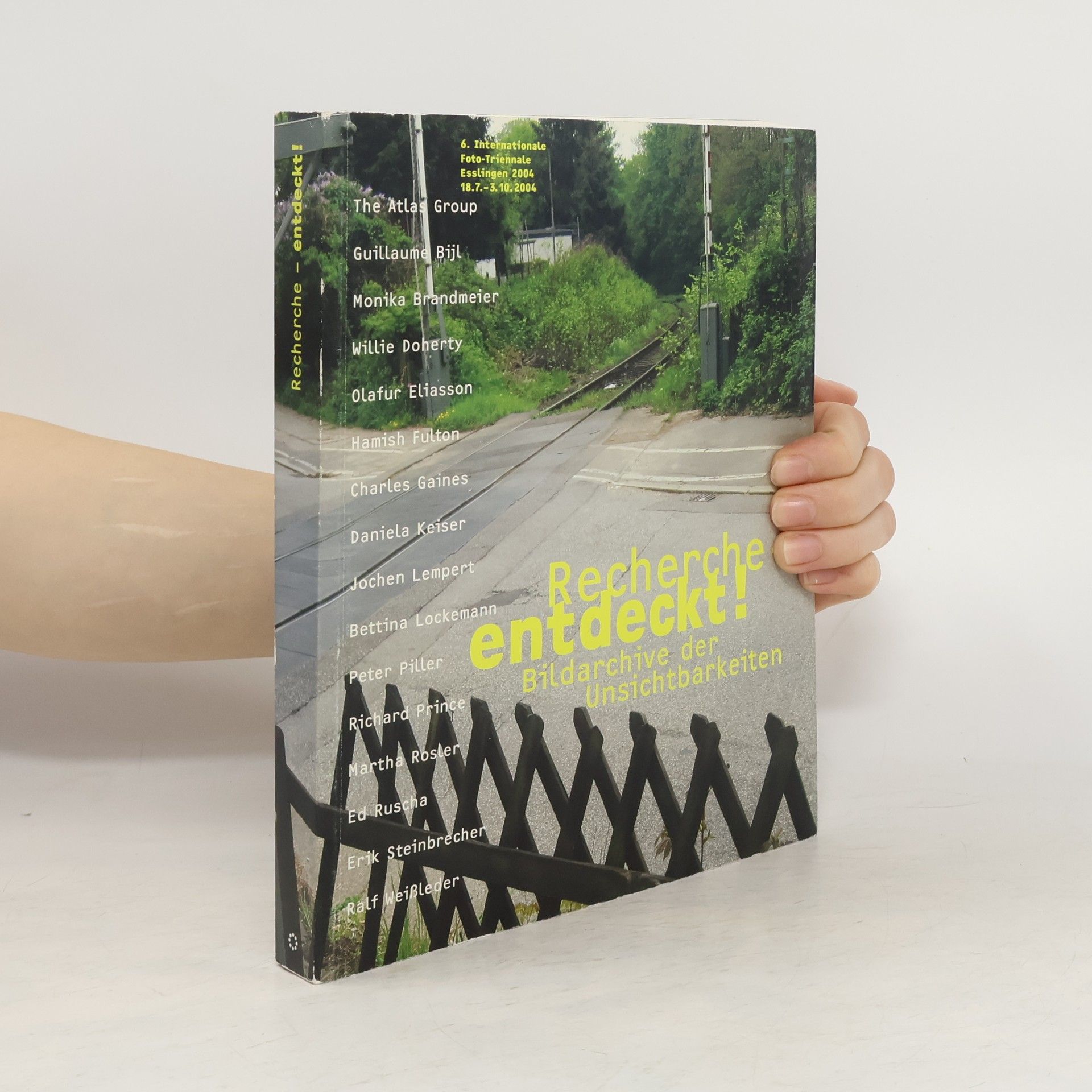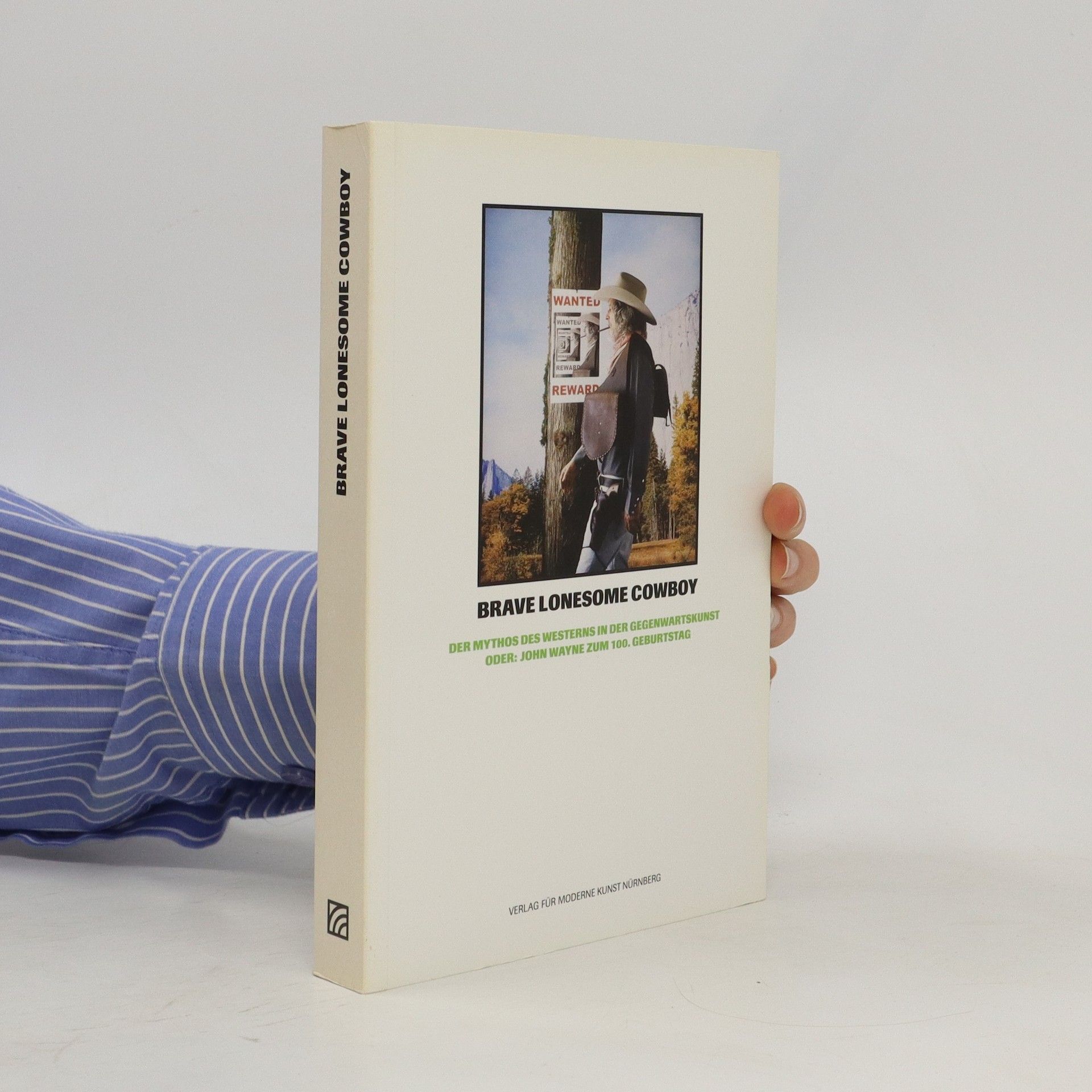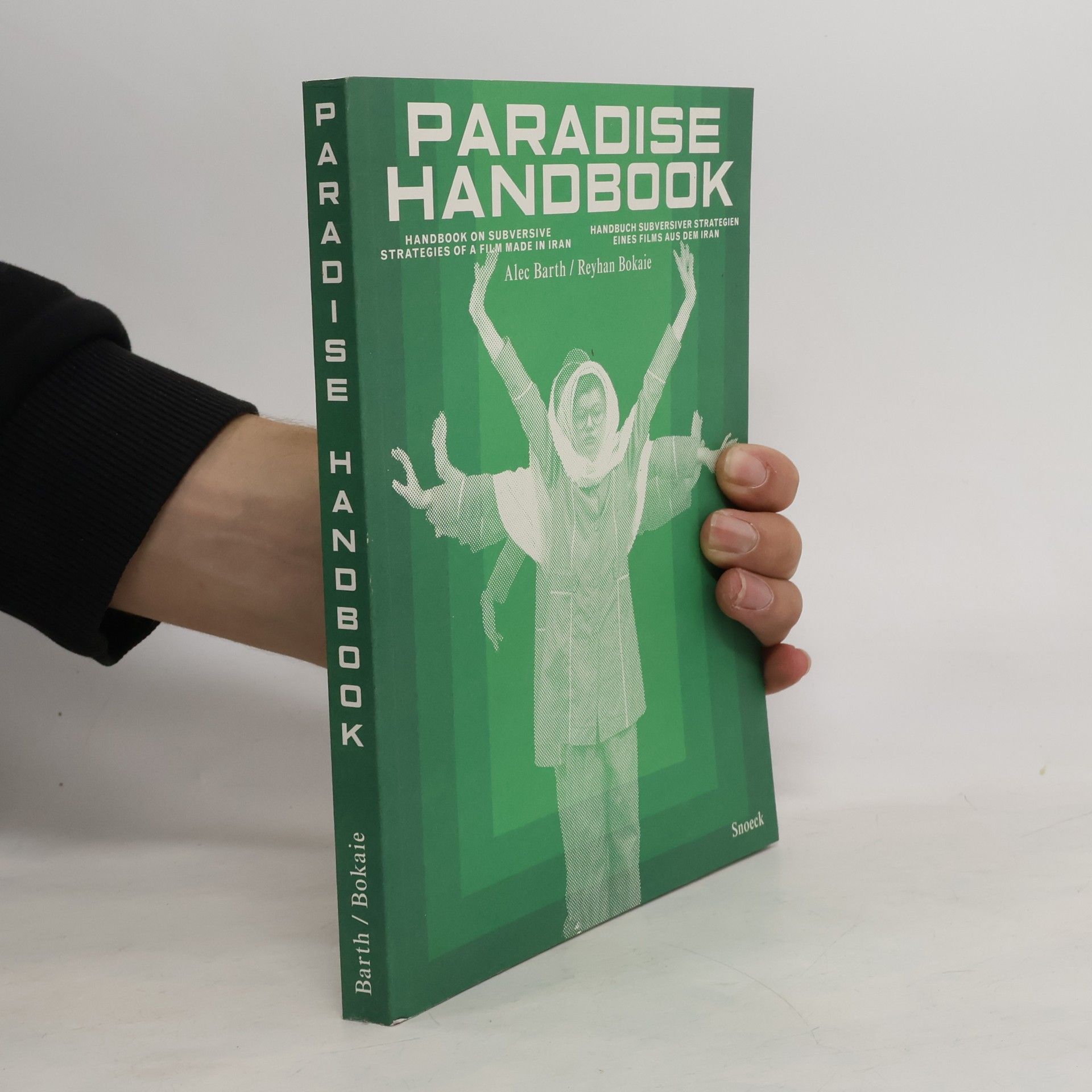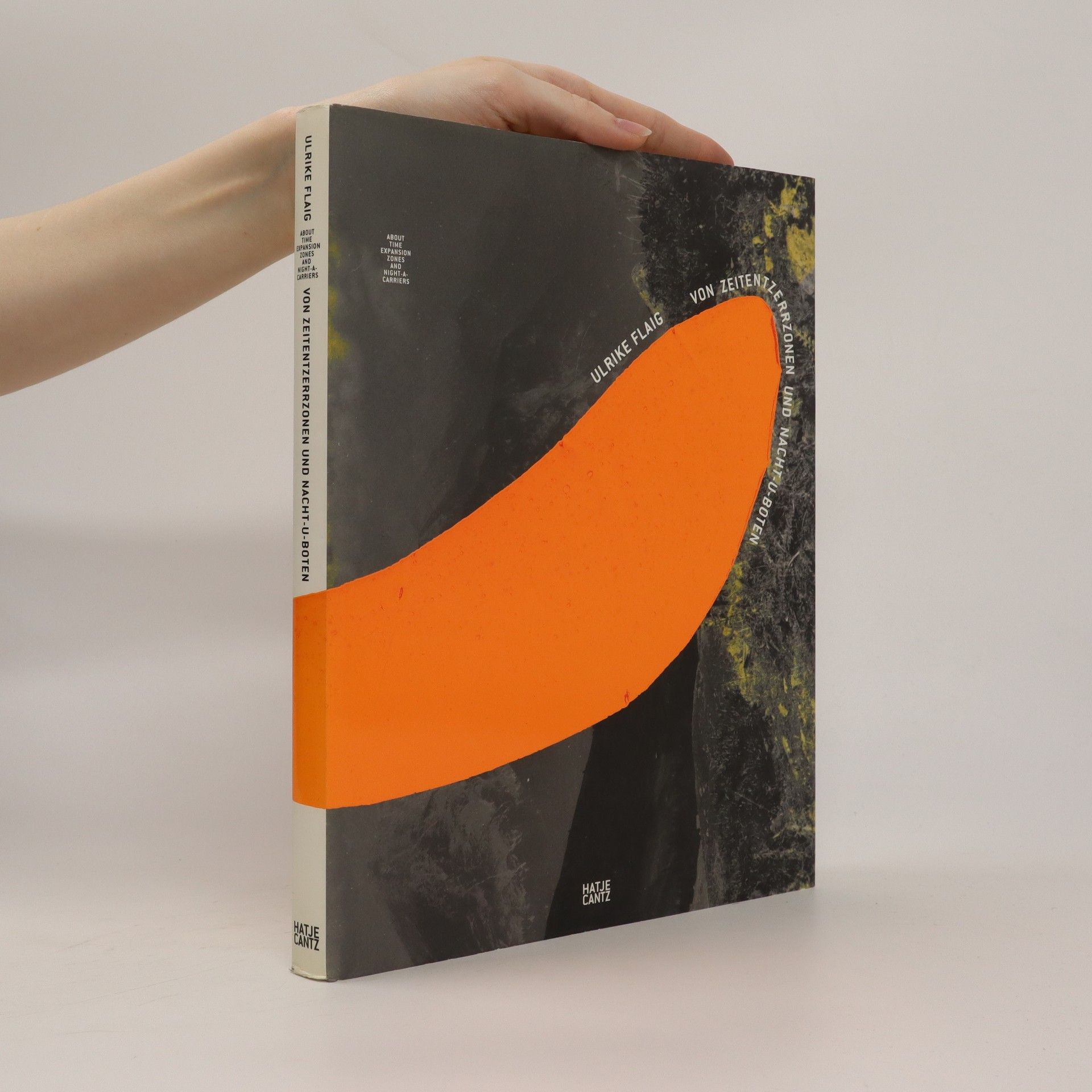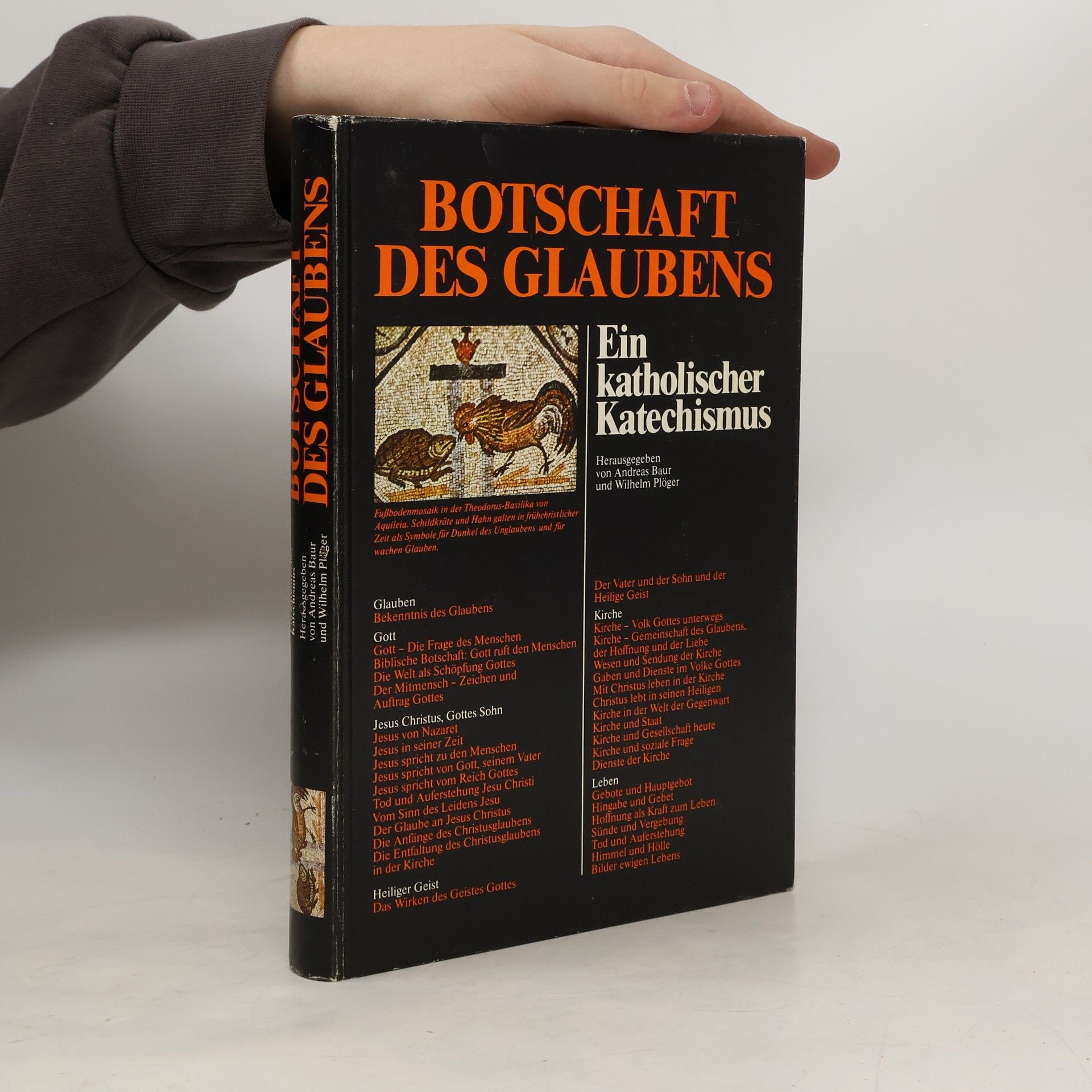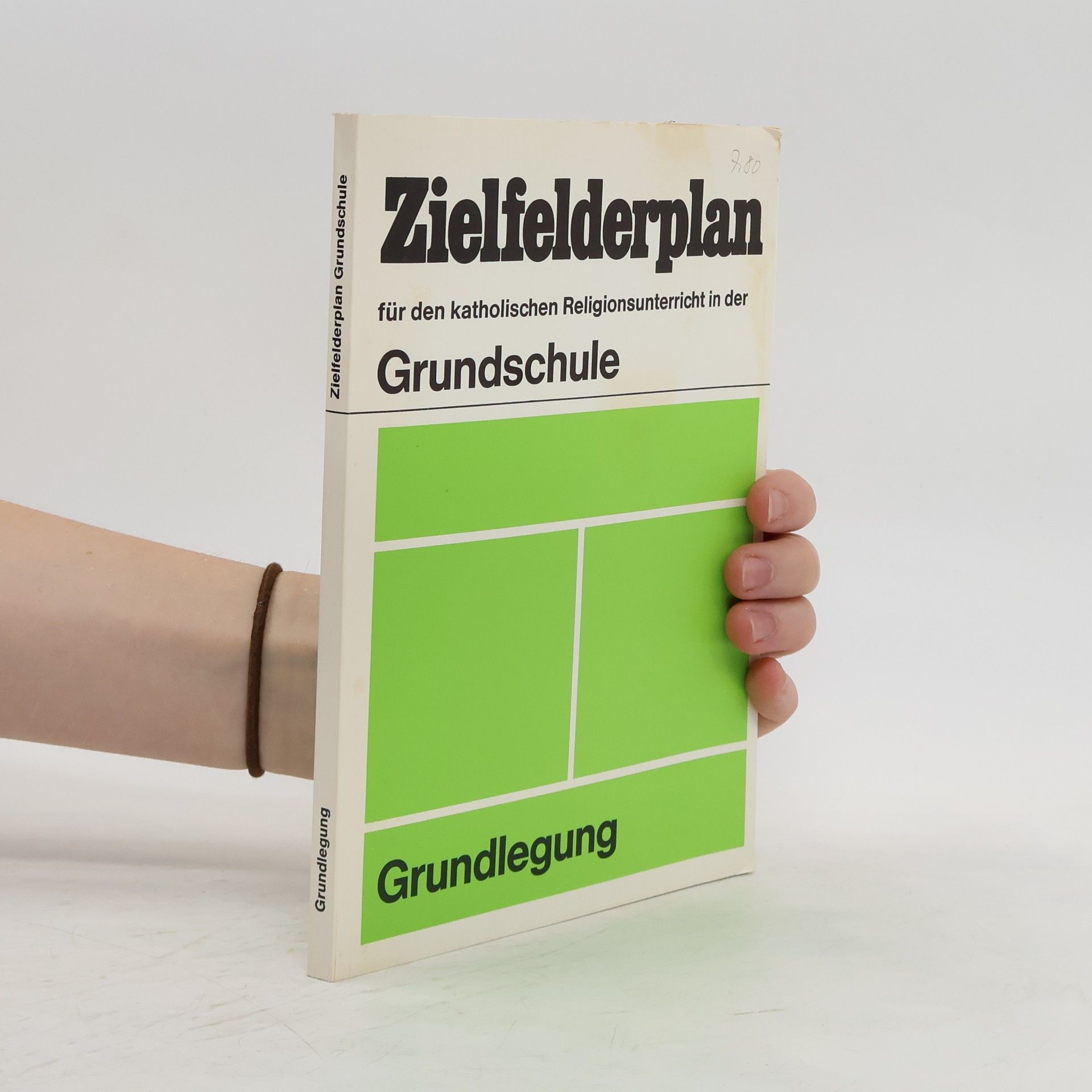Hoël Duret: Low
Kat. Villa Merkel Galerie der Stadt Esslingen
Hoël Duret's artistic practice combines fictional stories with real events, forming a visual language based on science fiction, post-apocalyptic cinema, and modernist utopias; the relationship between nature and technology is examined against the background of progressive digitalization. The installation in the entrance hall of Villa Merkel, for instance, presents a jungle quote embedded in a network of cables. As a result, the proliferating plant-technological organism seems to be engaged in an exchange of information--as though man could not but always control everything, including the growth of plants. Hoël Durets uses an algorithm based on climate data published online to control his artificial ecosystem. This data choreographs in real time the lighting, the vaporization, and the soundtrack of the installation. Scientifically measurable parameters of current climate change are thus inscribed into a spatial ensemble oscillating between romanticism and science fiction. This lends the installation a minatory, latently apocalyptic undertone while also reflecting our profound yearning for Arcadia.
